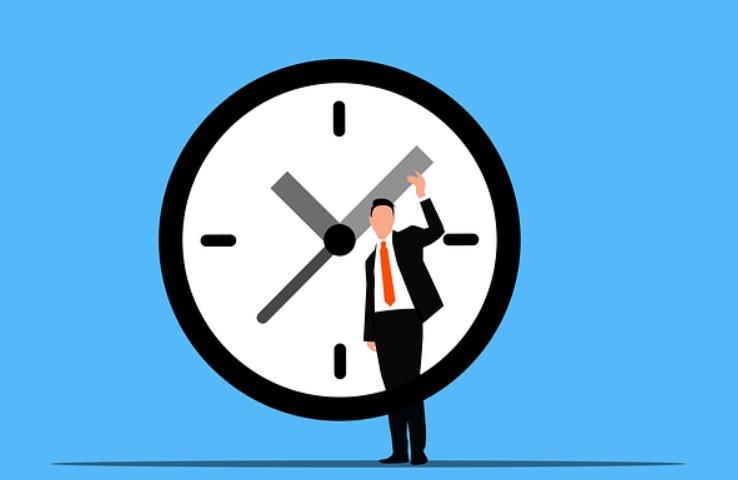When you’re dealing with nerve pain, waiting for relief can feel like forever. Amitriptyline is often prescribed in the UK for this, but many people quickly ask: how long does it take to work?
The honest answer? It’s not immediate. It usually takes time, patience, and noticing small improvements as you go.
Amitriptyline for Nerve Pain: How It Feels at the Start?
When you start amitriptyline for nerve pain, feeling sleepy in the first few days is very common, which is why doctors usually suggest taking it at night. The pain relief takes longer — small improvements might show up after two weeks, but it often takes four to six weeks to really feel a difference.
GPs often explain that amitriptyline builds up gradually and changes how your nerves send pain signals, so it’s not instant like regular painkillers — patience is key in the early weeks.
How Long Before Amitriptyline Starts Helping My Nerve Pain?
Most people want to know how quickly amitriptyline will work for their type of nerve pain. It usually takes about 2 to 6 weeks to notice real relief,
- Sciatica
- Diabetic nerve pain (diabetic neuropathy)
- Post-herpetic neuralgia (pain after shingles)
- Fibromyalgia
- Chronic nerve damage from injuries

Some people with sharp, stabbing nerve pain might feel a softening of the pain within three to four weeks, while those with burning, tingling nerve pain might take a little longer to notice changes.
For some, This Is How It Starts to Feel Over Time,
Tom from Liverpool said his diabetic nerve pain became much easier to handle after about five weeks on amitriptyline. He described it like this: “It went from feeling like fire to more of a dull buzz by week six.”
Claire from Sheffield had a different experience. Her sciatica didn’t really settle until she’d been on the medication for almost two months. “At first, it felt like nothing was happening,” she said. “But slowly, I realised I could walk further without wincing.”
Why Does Amitriptyline Take So Long to Work for Nerve Pain?
Amitriptyline works by calming overactive nerves. Unlike regular painkillers, it doesn’t block pain directly. Instead, it adjusts the way your nerves and brain process pain signals over time.
For nerve pain, low doses (often starting at 10mg in the UK) are usually prescribed to minimise side effects. But this lower dose also means it can take longer to build up enough to make a real difference.
The delay happens because:
- Nerve pathways take time to adapt
- The medication slowly alters chemical messengers like serotonin and noradrenaline
- Everyone’s body absorbs and responds to the drug differently
Some people need a dose increase after a few weeks if the starting dose isn’t enough, which can push the timeline back a little.
Amitriptyline doesn’t offer the “quick win” that many people understandably hope for, especially when nerve pain is affecting sleep, work, and daily life.
Common Timelines: What UK Patients Often Report?
When people in the UK start amitriptyline for nerve pain, many go through a similar journey. It’s not instant, but the pattern is something a lot of people recognise.
Here’s what most describe:
- Week 1-2: Feel drowsy, maybe sleep improves, but nerve pain stays about the same.
- Week 3-4: Pain might feel slightly less sharp or less constant, but changes are often subtle.
- Week 5-6: Clearer improvement, nerve pain is less noticeable or less intrusive during the day.
- Beyond 6 weeks: Many people settle at this point with steady pain relief, though some need longer.

Hassan from Leicester almost stopped after three weeks, convinced it wasn’t working. His GP encouraged him to continue and review again in a month. By week seven, Hassan noticed his post-shingles pain, which had been tormenting him for months, had softened enough that he could enjoy sitting outside with his grandkids again.
What Can You Do While Waiting for Amitriptyline to Work?
If you’re waiting for amitriptyline to start easing your nerve pain, there are some useful things you can do to support the process:
- Stay active (gently): Light movement like walking can help prevent stiffness and keep pain from worsening.
- Track your pain: Keep a simple pain diary to notice small changes you might otherwise miss.
- Review with your GP: If the dose feels too low or side effects are bothering you, don’t be afraid to ask for a review.

Sophie from Glasgow found that tracking her pain helped her realise she was sleeping longer and moving easier even before she noticed the sharp pain easing. “It’s easy to miss the little wins if you’re only focused on the pain itself,” she said.
What Really Helps: Sticking With the Process
One of the biggest mistakes people make is giving up too soon. When you’re desperate for nerve pain relief, it’s tempting to think the medication isn’t working if you don’t feel better within a few days.
But nerve pain treatments like amitriptyline often require patience and consistency.
Stopping early might mean missing out on proper relief.
Leanne from Bristol admitted she quit amitriptyline after just ten days because she thought it wasn’t working. Months later, after speaking to her GP again, she gave it another try and committed to a longer timeline. By sticking with it for six weeks, she finally found her sciatica pain calming enough to comfortably get through her workday.
A Common Story Across the UK
Across GP clinics, pharmacies, and support groups in the UK, you’ll hear a similar story: amitriptyline for nerve pain takes time, but it often works quietly in the background.
For some, it’s a noticeable change by week three. For others, it’s a slow drift into more comfortable days by week six or beyond.
The key is often simple but hard to stick with: trust the timeline, and give it the space to work.






